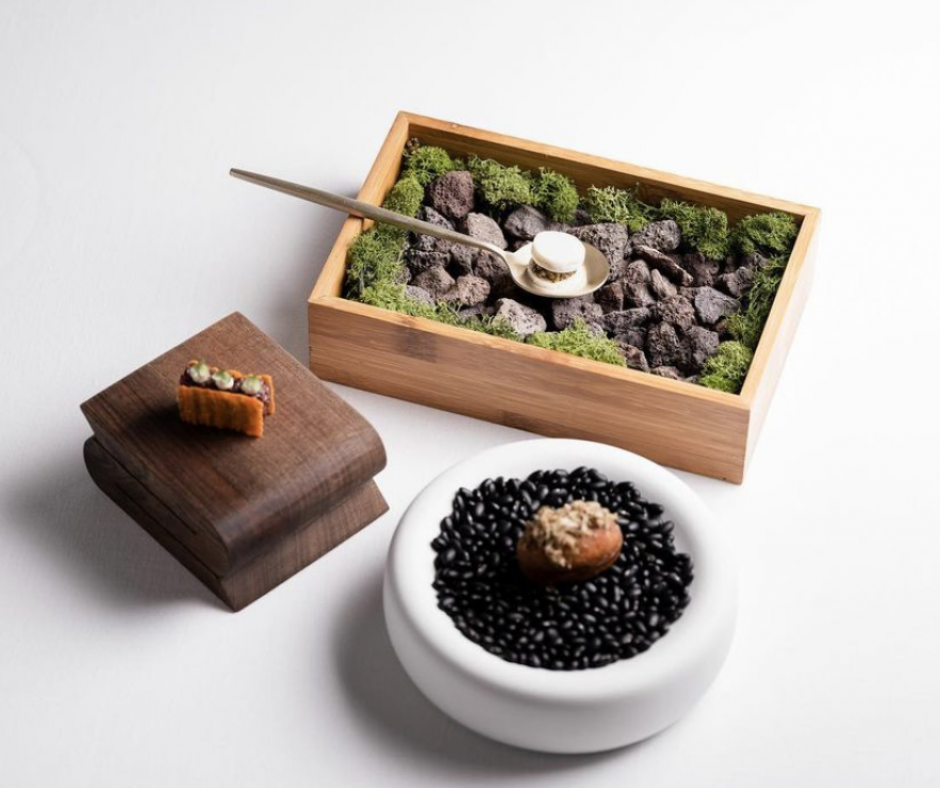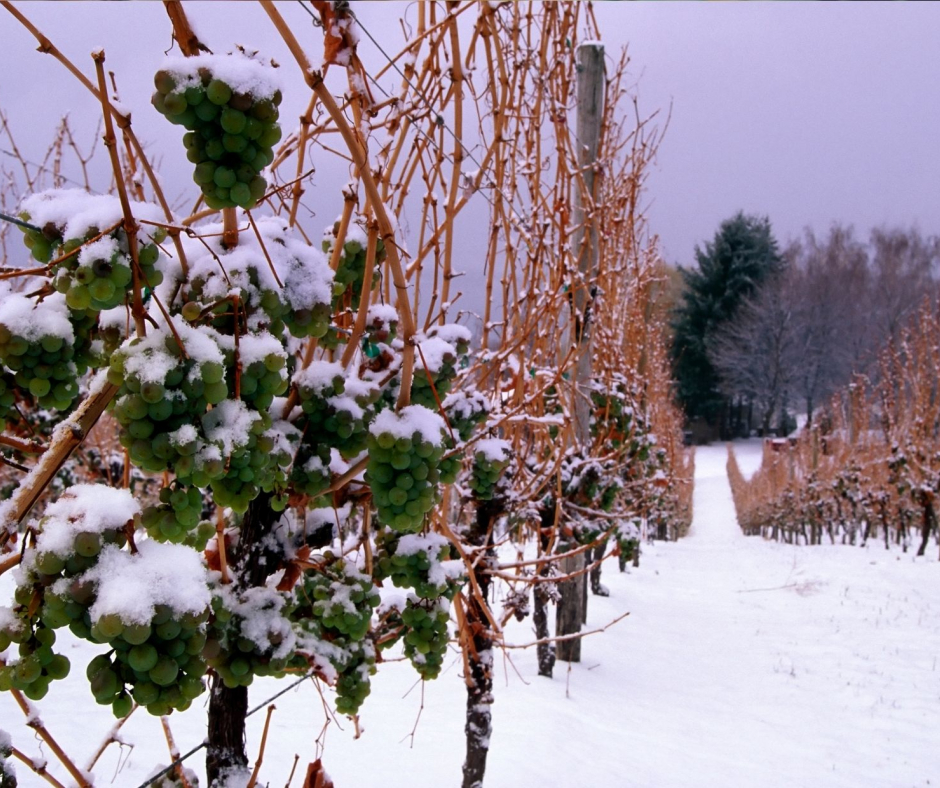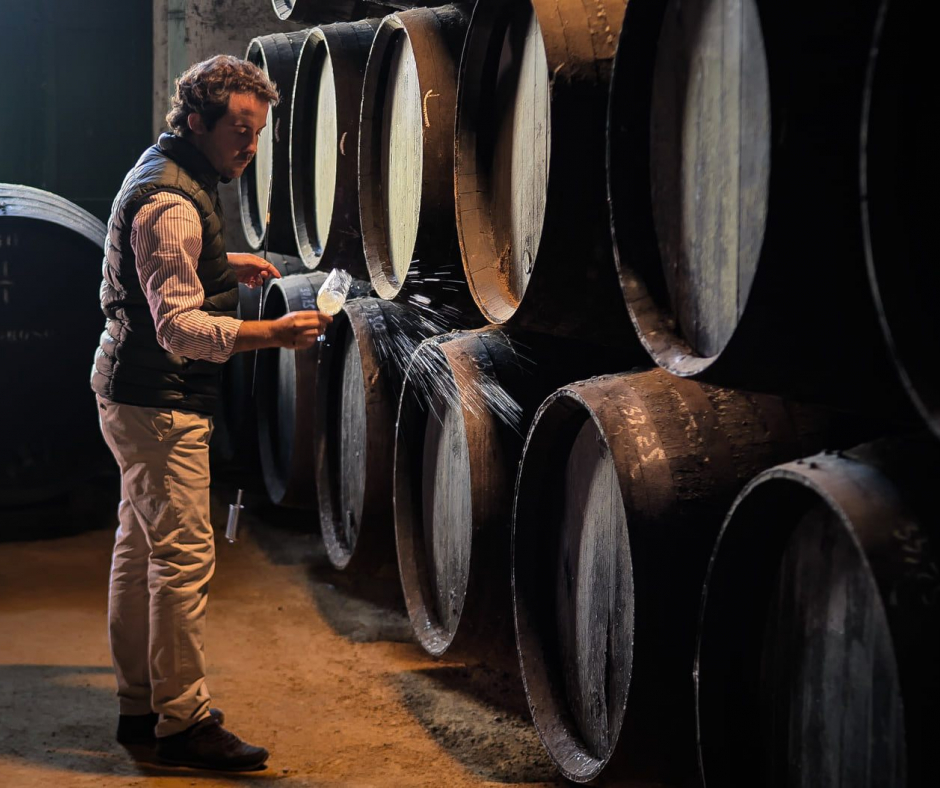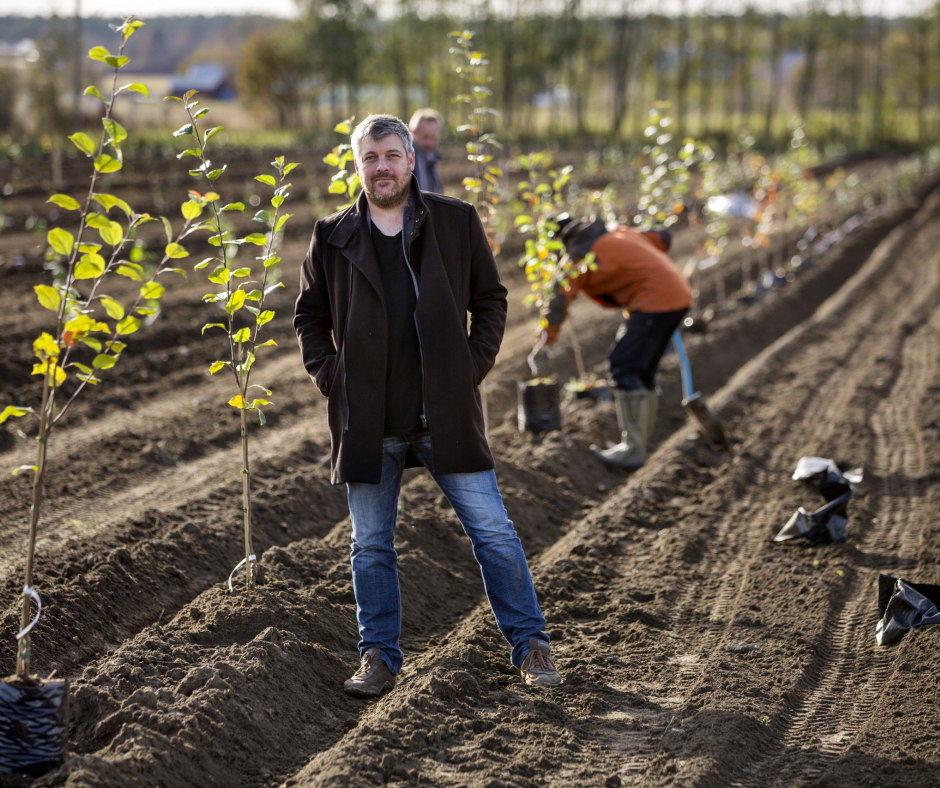To the uninitiated, the idea of rot in wine, however noble, must be abhorrent, yet some of the world’s greatest wines are made with it. The name derives from the Greek “botrys” or grape, plus the Latin suffix “itis” or disease, and Cinerea is Latin for “ash-like”. Despite how awful it sounds, wonderful wines have been made using Botrytis since the XVI century, originally out of necessity owing to some unforeseen delay in harvesting but which had a happy ending.
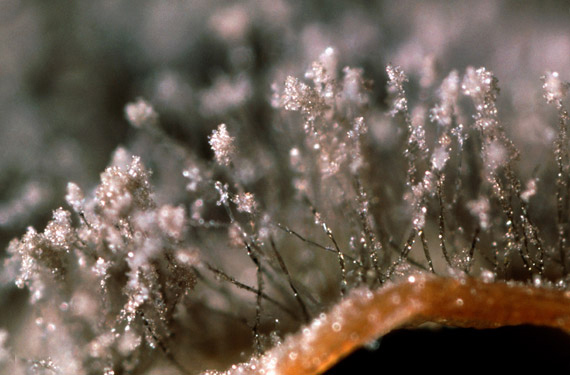
This fungus is the mortal enemy of many plants, but in certain conditions, great sweet white wines can be made. Botrytis appears at its most destructive as Grey or Bunch Rot when the weather has been consistently wet and humid, but it can appear more beneficially as Noble Rot in autumn when the grapes are already over-ripe and early morning mists are followed by warm dry afternoons, especially in places with slow running rivers nearby. The spores can be spread either by the breeze or by rain.
Botrytised wines are costly and difficult to make as they depend on the right weather conditions. If it is too dry, it will not appear, and if it is too wet it will appear as Grey Rot. In ideal conditions, the fungus spreads at its own pace and quite erratically, meaning that various passes have to be made of the vineyard (triage) to select the best bunches, and in some cases, individual grapes. Occasionally this can lead to extremely late picking.
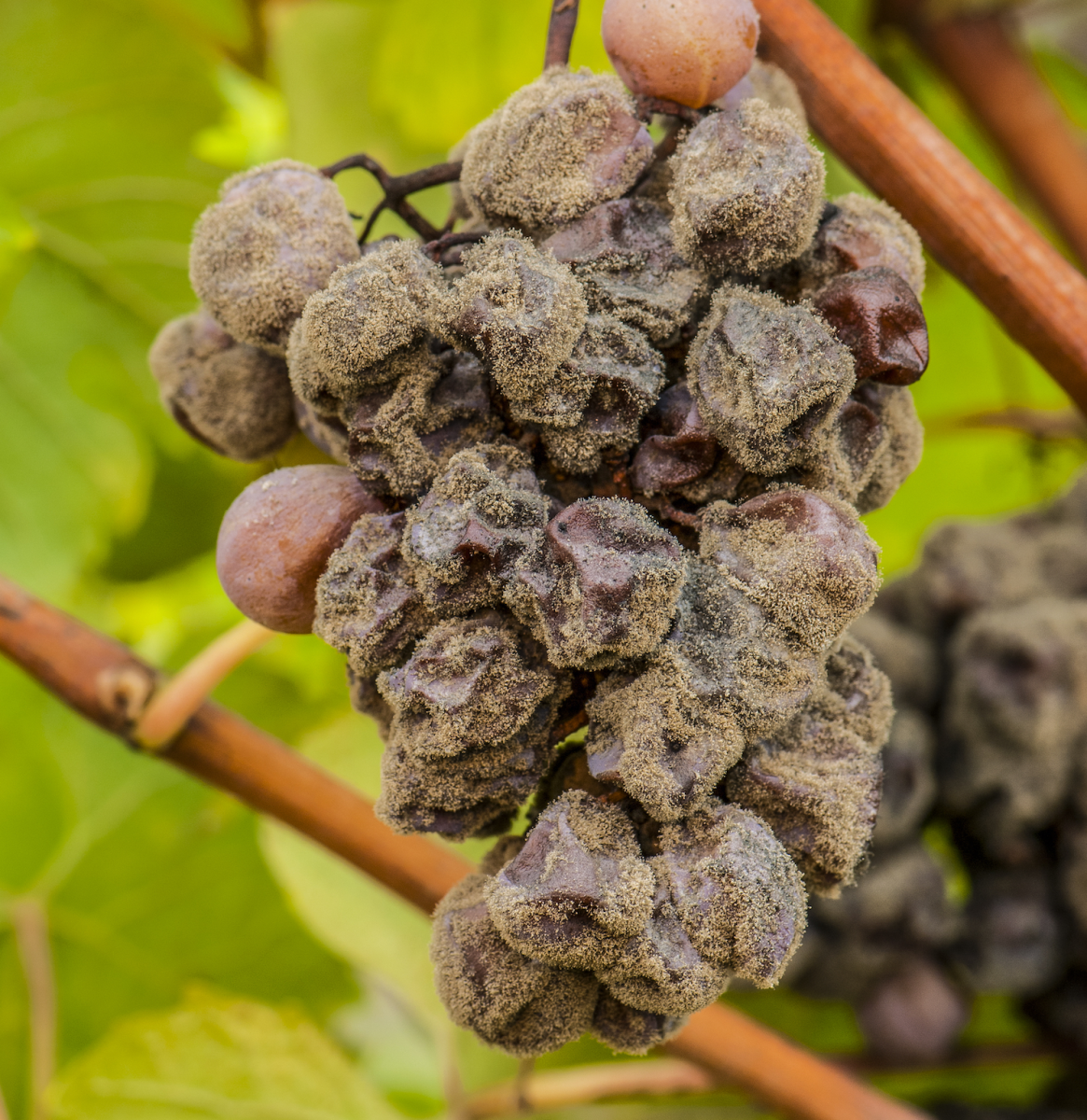
The fungus feeds on sugars and tartaric acid in the grapes by making minute punctures in the skins. This allows water to escape and concentrates the pulp while the skins shrivel. Remaining tartaric acid is transformed into gluconic acid and glycerol; in fact Botrytised wines contain higher than normal concentrations of sugar and glycerol, lactic, gluconic and acetic acids and polyphenols. Fermentation is much slower with these wines, due largely to the high sugar content.
Only certain white grape varieties are suitable for Botrytis wines as the skins need to be thinner and the bunches a little tighter. Atempts to make red wines have not been successful. Also the necessary climatic conditions only prevail in certain places. Since there is considerable water loss in the grapes, the yields are very small, which inevitably leads to higher prices. As an example, the AOC Bordeaux Blanc Supérieur restricts the yield to 50 hectolitres/hectare, which can easily – though not legally - be exceeded, while in Sauternes it is restricted to 25, yet few achieve even that, and many much less. Overproduction is never a problem with Botrytis wines.
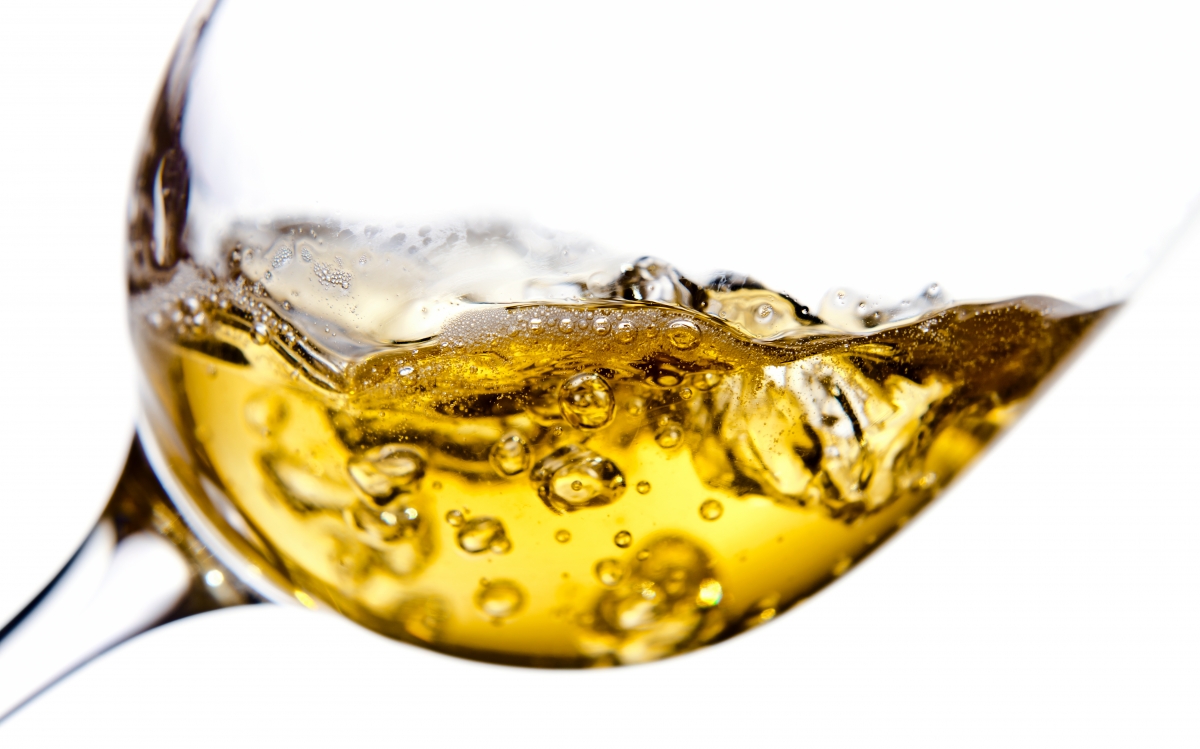
There are very few wines, however, which are 100% Botrytised. Most are already destined to be sweet through over-ripening before the fungus arrives. It simply concentrates the grape juice and makes some adjustments to the metabolism of the grape, adding a whole new panoply of flavours, a great deal more complexity and considerable longevity. It all depends on the weather in a particular year. Tasters have noted flavours and aromas such as honeysuckle, dried apricot, honey, beeswax, caramel, nuts, toast and even faint ginger notes over and above those of the grape variety in question.
The following is a list of the classic Botrytis wines. It is worth noting that there are many more which are sometimes influenced by the fungus, but these are the ones most firmly associated with it.
France:
Sauternes, Barsac, Monbazillac, Alsace (Sélections de Grains Nobles)
Germany:
Mostly from the Rhein and Mosel: Beerenauslese, Trockenbeerenauslese, Eiswein
Austria:
Mostly from neusiedlersee: Beerenauslese, Ausbruch, Trockenbeerenauslese, Essenz
Hungary:
Mostly from Tokaj: Tokaji Aszú comes in various numbers from 3 to 6 according to Botrytis content, then Eszencia
Australia:
Much Botrytis wine is produced in the Riverina area of New South Wales




